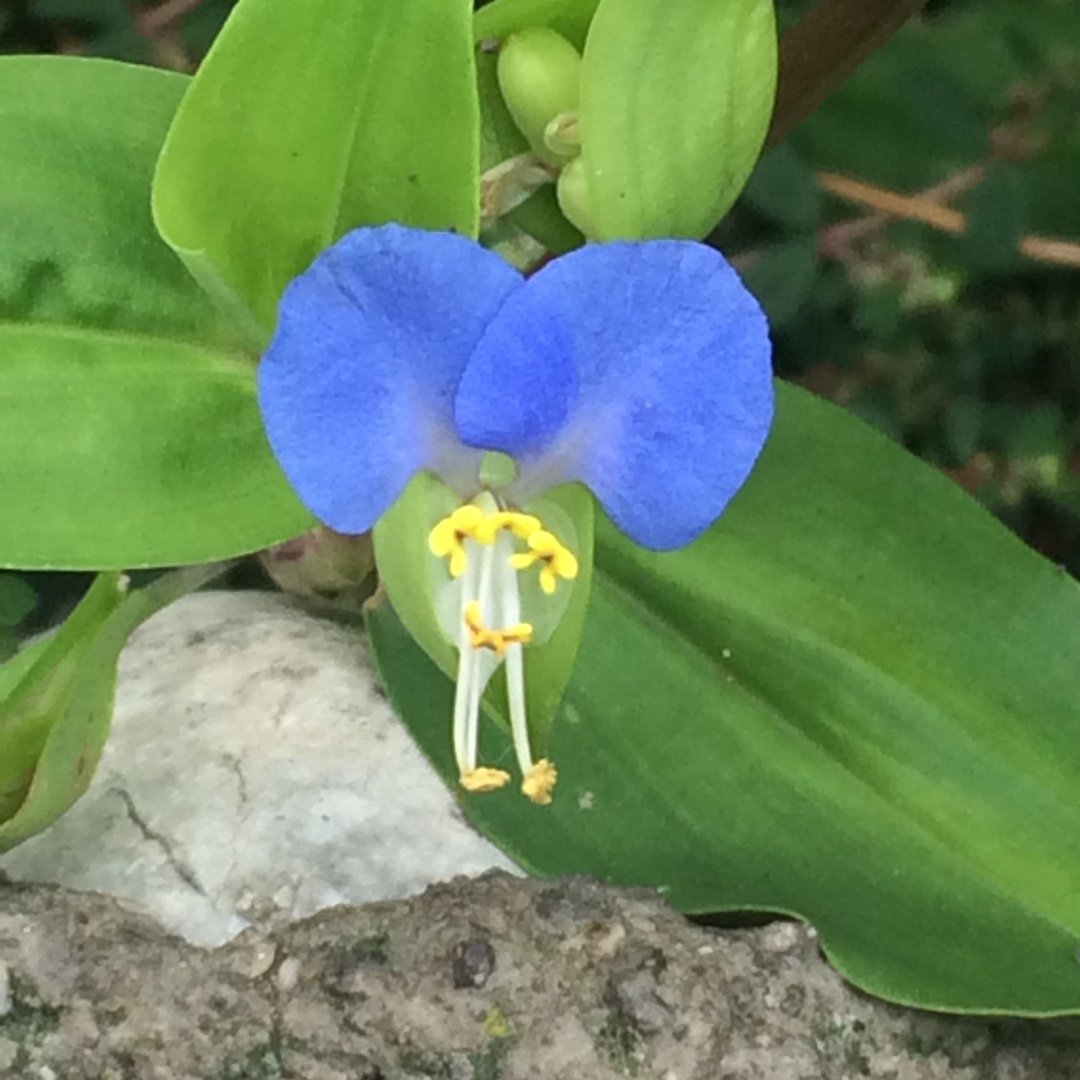
Tinantia anomala syn.Tradescantia anomola, Tradescantia texensis
False dayflower
Tinantia anomala is an annual herb up to 80 cm tall. Basal leaves have petioles but the stem leaves do not. Flowers are bicolored, white with some blue or lavender. They are scrambling plants, some of which flower in the morning and when the sun is shining. It forms clumps. The flowers are purplish with bilateral symmetry looking like little doll faces with bulging eyes and whitish mouthparts
Contributed by @dragonsglen
-
Full sun
-
Very little water
-
Full Frost Hardy: 5F (-15°C)
-
Moist and fertile
Common name
False dayflower
Latin name
Tinantia anomala syn.Tradescantia anomola, Tradescantia texensis
type
Herbaceous Perennials
family
Commelinaceae
ph
5.0 - 7.5 Acid - Neutral
Plant & bloom calendar
-
Best time to plant
full grown dimensions
 0.45 M
0.60 M
0.45 M
0.60 M
Tinantia anomala syn.Tradescantia anomola, Tradescantia texensis
Tinantia anomala is an annual herb up to 80 cm tall. Basal leaves have petioles but the stem leaves do not. Flowers are bicolored, white with some blue or lavender. They are scrambling plants, some of which flower in the morning and when the sun is shining. It forms clumps. The flowers are purplish with bilateral symmetry looking like little doll faces with bulging eyes and whitish mouthparts
Planting young plants
From Late Autumn TO Mid Spring
Plant out from autumn to spring in any fertile and moist soil in full sunlight. As the plants establish, pinch out regularly to promote bushy growth.
Propagation by division.
From Late Autumn TO Early Spring
Divide garden plants between late autumn and early spring. Place two hand forks back-to-back near the middle of the plant. Gently push the handles back and forth so that the prongs gradually tease the plant apart. Repeat the process with each portion to divide the plant into more sections, making sure each section has a healthy bud. Discard the old, woody growth from the centre of the plant. Some fibrous-rooted perennials, form a loose crown of many stems and can be simply pulled apart by hand without damaging the plant. You can also take off separate stems growing at the edge of the plant, just make sure each portion has its own roots.











